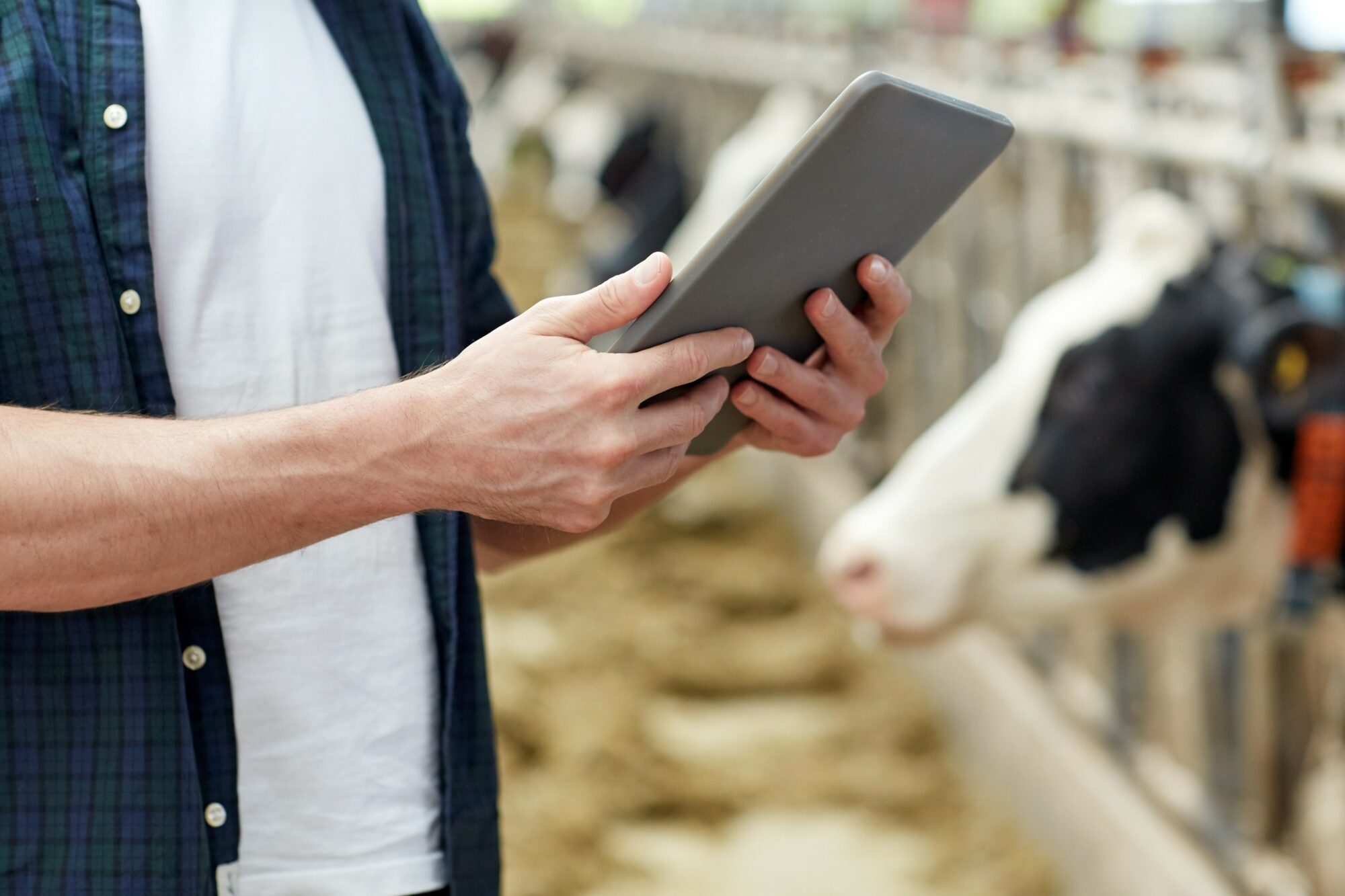Farmers and growers sometimes feel as though they are tackling climate change alone, in the face of governments and international trade barriers. But retailers and food and fibre value chain brands are also highly motivated to address emissions – which brings both support and risks for producers.
Retailers, consumer packaged goods brands, and increasingly banks and investors are making commitments that will reduce their emissions. Not just their own business emissions (so-called “Scope 1” emissions), and their energy mix (“Scope 2” emissions), but those of their supply chains or financing: “Scope 3” emissions. For food businesses, many of these emissions arise from the farming, growing, and fishing activities that are the ultimate source of our food.
Over the past few years, businesses have lined up their commitments around supply chain emissions. Increasingly, these commitments are also verified under the Science-based Targets initiative (SBTi).
- In 2021, PepsiCo announced its plans to reduce the absolute GHG emissions across its direct operations (scope 1 and 2 emissions) by 75% by 2030, against a 2015 baseline. By 2030, the company also wants to cut Scope 3 emissions by 40%.
- Nestlé has set SBTi-approved targets that will reduce emissions 50% by 2030 against business-as-usual (including the scope 3 emissions that make up 94.8% of its emissions). Key focus areas include dairy and livestock, soils, and forests.
- Mars, the global manufacturer known for petfood and chocolate, has just refreshed its roadmap to net zero by 2050. This includes full value-chain emissions reductions of 50% by 2030 and 80% by 2050. Their planning and analyses include assessing the potential impact of current reduction technologies, and a focus on climate-smart agriculture.
- In New Zealand, Fonterra’s Cooperative Difference targets for addressing scope 3 emissions will be announced before the end of 2023.
These value chain businesses recognise that they will need to apply a range of strategies to achieve the emissions reduction targets they have set.
Product reformulation is on the list of tactics – reducing the proportion of emissions-heavy ingredients in their products in favour of alternative formulations. Replacing products entirely – for instance, creating a plant-based ice-cream rather than dairy-based is a similar tactic. For producers supplying higher emission ingredients, this may bring a substantial risk.
Land use change is a key part of the value chain toolbox. This certainly includes detecting and removing deforestation activities from their supply chains. Remote sensing tools can be used for this, but they need to be integrated with traceable supply chain systems, so organisations are assessing the land from which product was sourced. Land use change also offers opportunities to take carbon our of farming systems. This might include enhancement of native forests and biodiversity areas or replanting of low-productivity land in trees.
Other initiatives focus on understanding the emissions from individual farm systems. In these initiatives, value-chain companies can support and even invest in R&D with farmers to reduce the emissions intensity of production. Examples include improving production efficiency in beef systems, reducing methane from dairy cows through feed additives, or reducing carbon dioxide emissions from cropping soils through regenerative agriculture practices such as cover crops and low-till cultivation practices.
Assessing these initiatives against science-based targets requires the ability to bring together data from the wide variety of tools and systems that producers use (or sometimes don’t use) on farm. Higher quality and more complete farm data enables reporting to the required standards for SBTi and other protocols and provides agri-food companies and farmers or growers with the information needed to support change.
Surveys and manual data entry are unlikely to provide sufficiently complete and accurate information for these purposes. On-farm data collection by consultants, agronomists, or auditors just won’t scale to cover the number of farms needed by supply chains, especially when data is required annually rather than on an occasional basis. The need for quality data, collated and standardised from source tools used by farmers has driven an increasing number of agri-food businesses to turn to Map of Ag and the Pure Farming SaaS data exchange platform.
Pure Farming allows agri-food businesses to ask farmers for the data they need for Scope 3 emission calculations, and for farmers to decide which data they are willing provide and connect the systems they already use to deliver data without manual rekeying.


